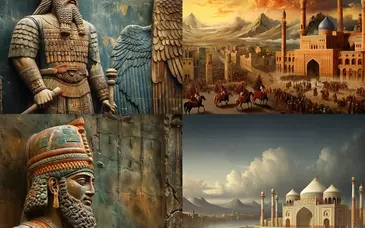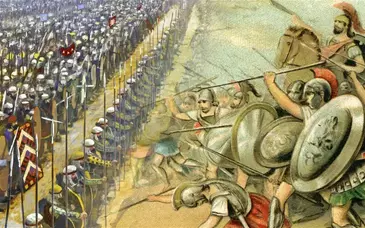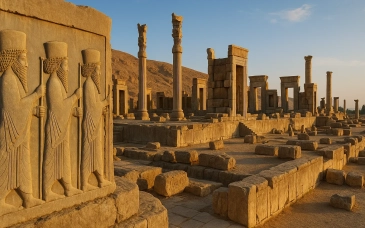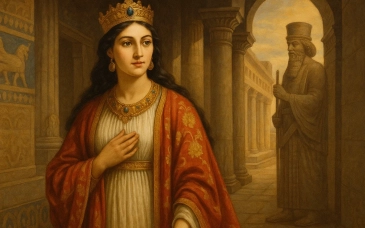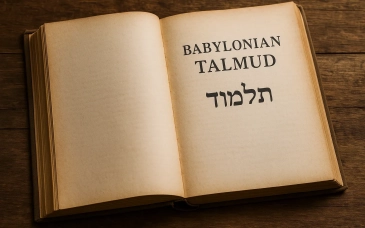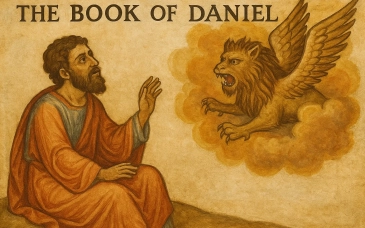
IRANIAN NEW YEAR NO RUZ , by Massoume Price
No Ruz, new day or New Year as the Iranians call it, is a celebration of spring Equinox. It has been celebrated by all the major cultures of ancient Mesopotamia. Sumerians, 3000BC, Babylonians 2000 BC, the ancient kingdom of Elam in Southern Persia 2000BC, Akaddians all have been celebrating it in one form or another. What we have today as No Ruz with its’ uniquely Iranian characteristics has been celebrated for at least 3000 years and is deeply rooted in the traditions of Zoroastrian belief system.
Mehregan (Mihregan) , by Massoume Price
Zoroastrianism was the religion of Iran before the conquest of Islam in the seventh century AD. The architect of this religion, Zoroaster created many feasts and celebrations to pay homage to many deities and yazata (Izads) who symbolized all forces beneficial to humans. Amongst all these festivals seven were regarded as feasts of obligation. They are known as ‘gahambars’ and are dedicated to Ahura Mazda, the lord of wisdom and the six holy immortals, i.e. Amesha Spentas, protectors of the seven creations (sky, waters, earth, fire, plants, animals and humans). The other important festivals are devoted to the major Izads such as Mihr, at Mihregan and Tiri at Tiragan.
Mehregan, The Beginnings and Traditions of Mehregan , by Farshid Eghbal & Sandra Mooney
There are many accounts as to the beginning of Mehregan. A few, different versions are listed below:
- Mehregan is a day of victory when Angels helped Fereydoon and Kaveh become victorious over Zahak. They imprisoned him in the Damavand Mountain where he died from his wounds.
- Mehregan is the day God gave light to the world, that had previously been dark.
- On this day Mashya and Mashyaneh (a concept of Semitic Adam and Eve) were created.On this day the sun was created.
Shab e Cheleh (Yalda Festival) , by Massoume Price
Yalda, a Syric word imported into the Persian language by the Syric Christians means birth (tavalud and melaad are from the same origin). It is a relatively recent arrival and it is refereed to the ‘Shab e Cheleh Festival’, a celebration of Winter Solstice on December 21st. Forty days before the next major Persian festival ‘Jashn e Sadeh’; this night has been celebrated in countless cultures for thousands of years.
Jashn e Sadeh , by Massoume Price
Sadeh meaning hundred, is a mid winter feast celebrated with grandeur and magnificence in ancient Iran. It was a festivity to honor fire and to defeat the forces of darkness, frost and cold. Two different days were observed for its veneration.
Chahar Shanbeh Suri (The festival of the last wednesday) , by Massoume Price
The ancient Iranians celebrated the last 10 days of the year in their annual obligation feast of all souls, Hamaspathmaedaya (Farvardigan or popularly Forodigan). They believed Foruhars, the guardian angles for humans and also the spirits of dead would come back for reunion. These spirits were entertained as honored guests in their old homes, and were bidden a formal ritual farewell at the dawn of the New Year.
IRANIAN MONTHS, ORIGIN OF THE NAMES , by Massoume Price
The names of the 12 Persian months are taken from the ancient Zoroastrian texts and the origins are deeply rooted in their belief system. This was the religion of Iran before the advent of Islam in seventh century AD. Zoroastrians believed in two primal forces, good and evil. Everything that supported and enriched life was good and all that threatened life and disturbed order was bad.
